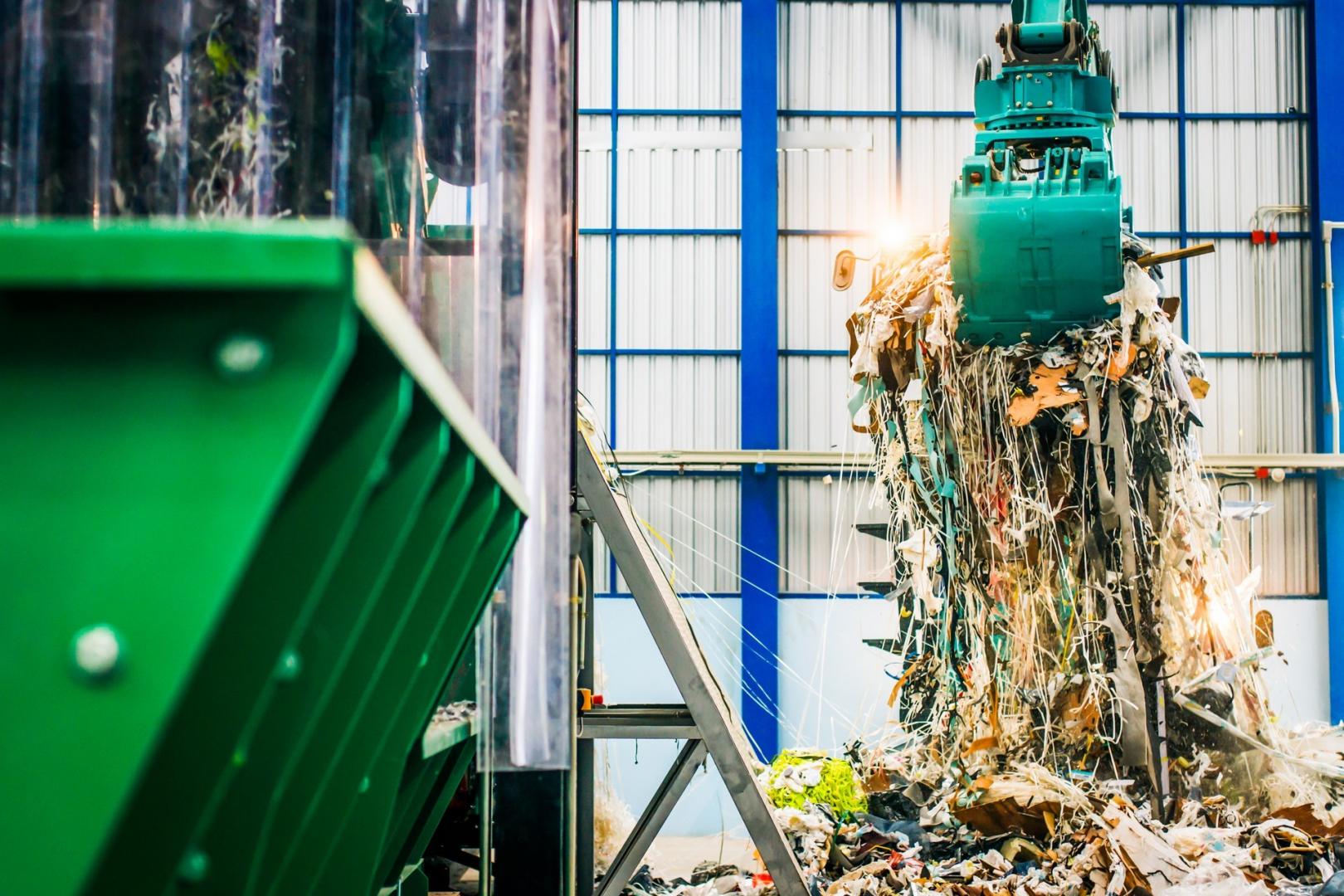New Boilers
Our offer includes boilers firing solid, liquid, and gaseous fuels as well as HRSG boilers.

HRSG boilers use thermal energy contained in various types of waste flue gases to produce steam or heating water. HRSG boilers are primarily used in the combined heat and power generation plants; in connection with gas and steam turbines, these boilers constitute a highly efficient source of electric and thermal heat power. Furthermore, HRSG boilers can be used for peak sources with combustion engines, in the refining plants, metallurgical plants, or compressor stations.
As far as possible, the design of HRSG boilers meets given parametric, and layout requirements.
Main features of HRSG boiler design
- Tube bundles made of finned tubes
- Gastight over-pressure vertical or horizontal design
- Boiler flue gas ducts with internal insulation and sheet casing and/or external insulation
- Duct burner integrated into the inlet flue gas duct as an alternative
- By-pass stack as an alternative
- Installation of catalyst to reduce emissions as an alternative
- Installation of noise silencer as an alternative
- Precise control of superheated steam temperature
- Compact and economical solution
- Delivery to the site in the transportable modules – minimized assembly time
- Optimized for the specific area
Several standardized boiler design options are available based on the specified parameters, and layout possibilities.
These boilers are designed to burn
- gaseous fuels (natural gas, hydrogen, blast furnace gas, coke-oven gas, converter gas, acetylene exit gases, … )
- liquid fuels (light fuel oil, heavy fuel oil, waste oils, ... )
Depending on the heated medium, the boilers are classified into two basic categories
- steam boilers with the max. steam output 420 t/h
- hot-water boilers with the max. heat output 210 MW
Main features of the boiler design
- self-supported or suspended design
- single-pass or multi-pass design
- high efficiency
- front-end or ceiling low-emission burners
- gastight design with membrane walls
- single-drum or bi-drum design with natural or forced circulation
- tube bundles made of bare or finned tubes
- tube or rotary air heater
- possibility to clean heating surfaces by soot blowers
- precise control of superheated steam temperature
- compact and economical solution
- optimized for the specific area
The design of these boilers respects specific requirements laid down by the legislation to fire the below-mentioned fuels. Depending on the characteristic properties of the fuel, the combustion system of these boilers is selected as the grate furnace or furnace with the fluid technology of burning.
These boilers fire
- solid alternative fuels (refuse derivate fuel RDF)
- waste sludges from wastewater treatment plants
- hazardous wastes
- biomass
- various combinations of the above-mentioned fuels
Depending on the heated medium, the boilers are classified into two basic categories
- steam boilers with the max. steam output 60 t/h
- hot-water boilers with the max. heat output 50 MW
Main features of the boiler design
- burning of fuel with a broad range of heating values
- burning of various types of fuels and their co-burning
- self-supported or suspended design
- gastight design with membrane walls
- design with removal of the bed ash from the boiler combustion chamber
- complete system of preparation and transportation of fuel to the combustion chamber
- ignition and stabilization gas or oil burners
- system of primary and secondary measures to NOx emission reduction
- single-drum design with natural circulation
- tube or steam air heater
- cleaning of heating surfaces with soot blowers
- precise control of superheated steam temperature
- compact and economical solution
- optimized for the specific area
Complete design of flue gas cleaning according to the requirements of the environmental protection act.
The design of pulverized coal-fired boilers respects experience with firing a wide range of various types of coals and other solid fuels. Bituminous coal with high as well as low percentage of volatile matters in the combustible, various types of lignite, and lignite. Biomass, solid alternative fuels and/or gaseous fuels can also be fired as additional fuels.
Main features of the boiler design
- self-supported or suspended design
- gastight design with membrane walls
- design with removal of solid or molten slag from the boiler combustion chamber
- complete system of preparation and transportation of fuel to burners
- combustion system with low-emission pulverized coal burners
- ignition and stabilization gas or oil burners
- system of primary and secondary measures to NOx emission reduction
- boiler high efficiency
- single-drum or bi-drum design with natural circulation
- steam reheater or biflux as an alternative
- tube or rotary air heater
- cleaning of heating surfaces with sootblowers
- precise control of superheated and reheated steam temperature
- compact and economical solution
- optimized for the specific area

